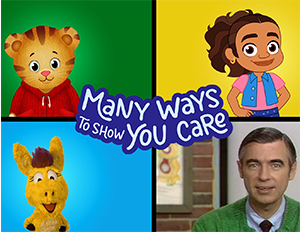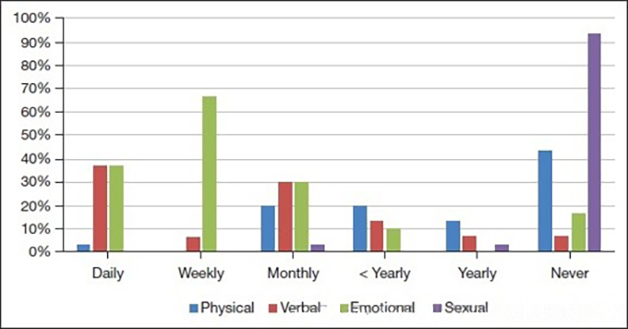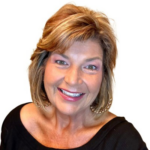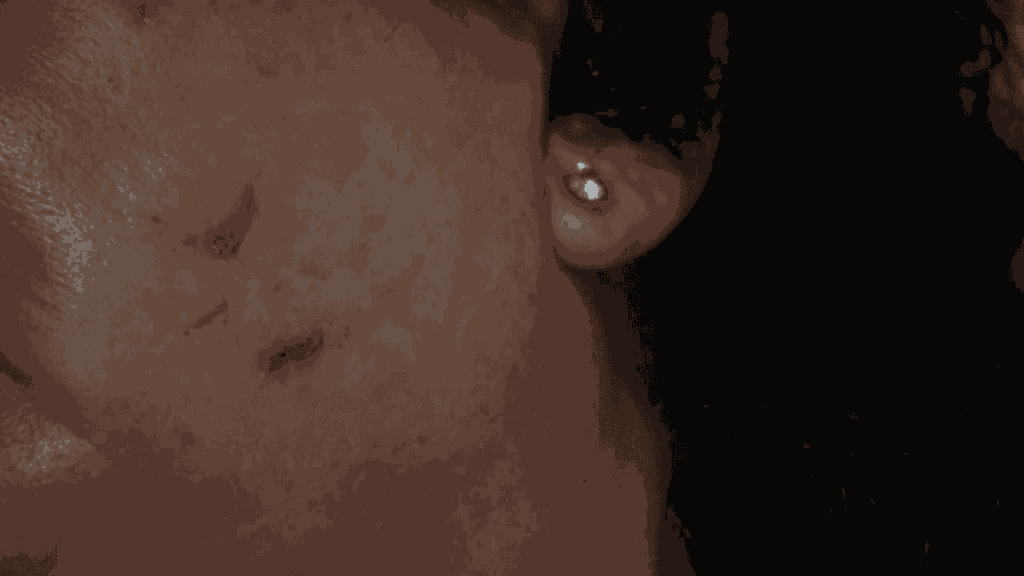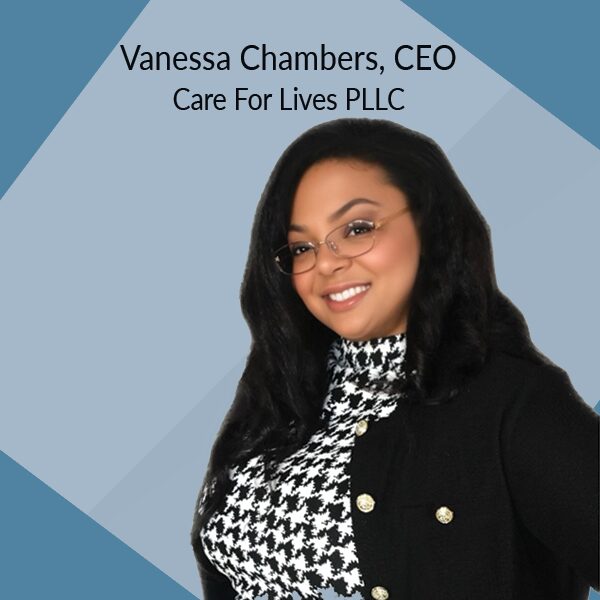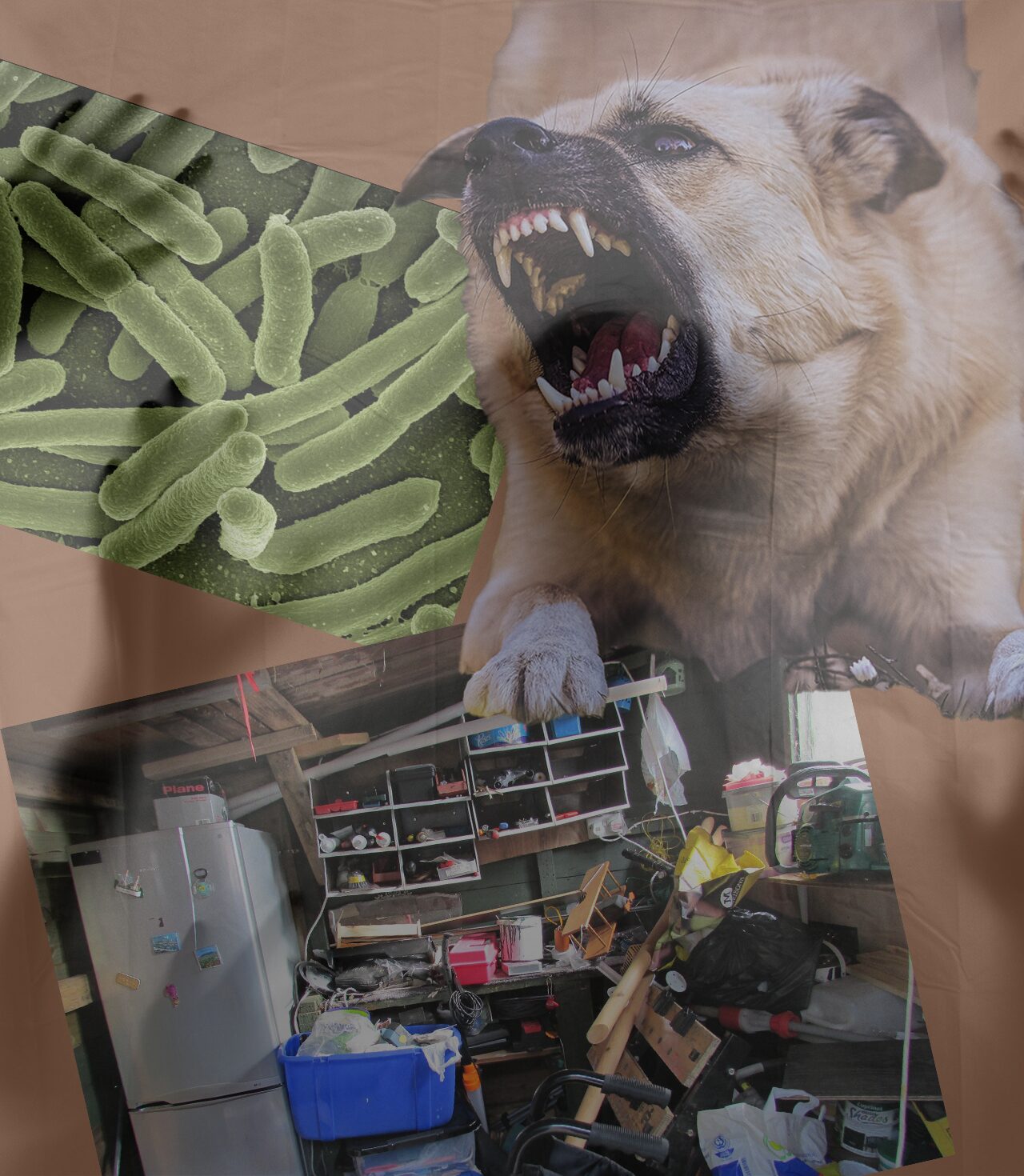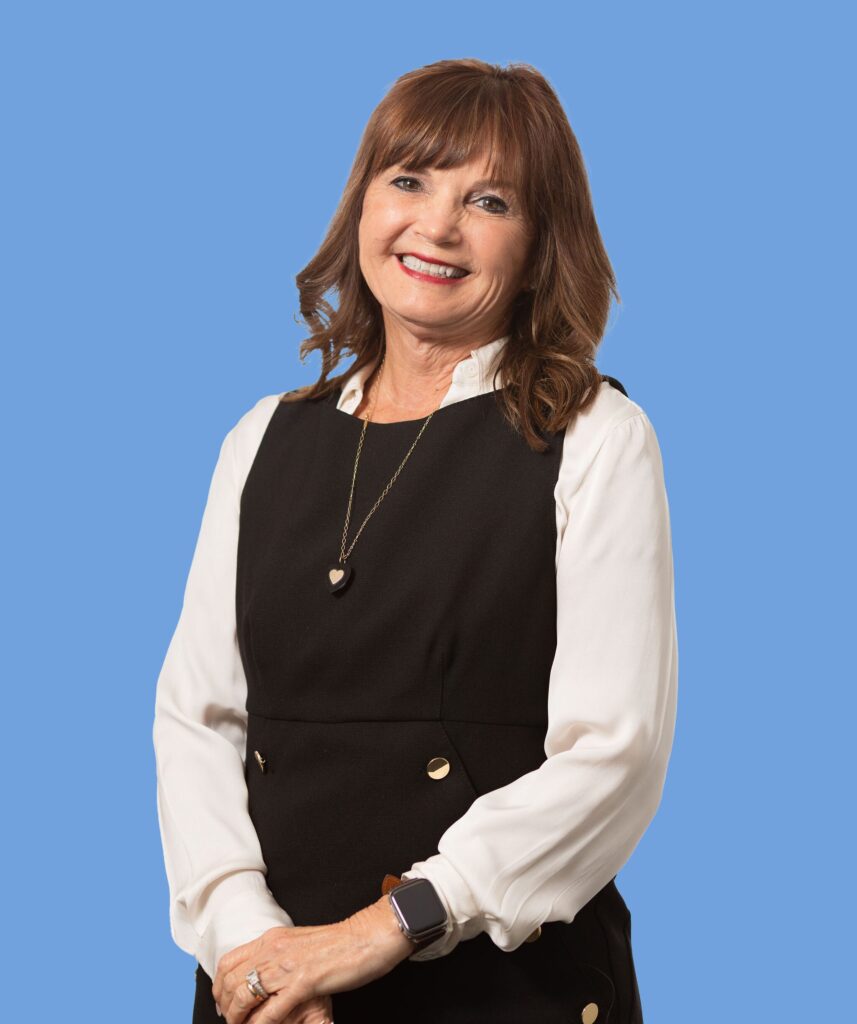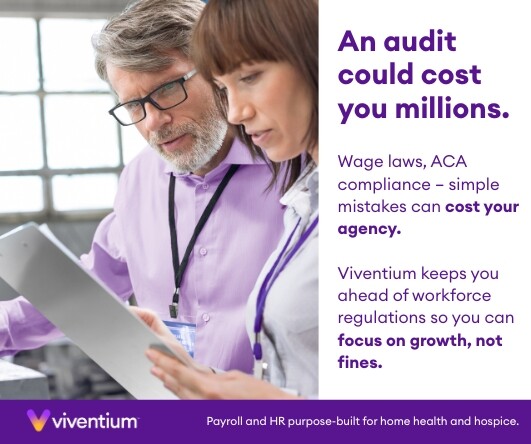2025 Caregiver Survey: An Interview with Stephen Vaccaro
Caring for the Caregiverby Kristin Rowan, Editor
2025 Caregiver Survey
An Interview with Stephen Vaccaro
The end of the year seems like a good time to see where caregivers fall on questions about technology, training, management support, career motivations, and other relevant and pressing topics. Some of the results of the HHAeXchange caregiver survey are not surprising. Others, you may not expect.
The Rowan Report spoke with HHAeXchange President Stephen Vaccaro this week to discuss the survey.
Key Takeaways
Here are a few of the key takeaways from the 2025 Caregiver Survey:
- Just over 65% of respondents said they are comfortable with technology, up from 55.65% just two years ago
- Caregivers find technology supports them most with managing shifts and schedules
- 70% said they would spend an extra 3-5 minutes documenting client observations if it improves care
- Higher pay is still the #1 complaint of caregivers
- A desire for additional training and flexibility increased to 21.7% and 28.2%, respectively
Read theHHAeXchange survey press release.
In His Own Words
The Rowan Report:
Stephen, thank you for talking with me today. It’s good to see you again. It’s been quite a year or so of changes for HHAeXchange.
Stephen Vaccaro:
Thanks, Kristin. 2025 has been truly transformational for HHAeXchange. State Medicaid and Medicaid managed care plans have been very positive with the change. We’re now in a position to invest at scale.
RR:
It’s been fascinating watching. I can’t wait for what’s next. The answers you received in the 2025 Caregiver Survey had some significant changes to the answers this year. What can you tell me about this year’s survey?
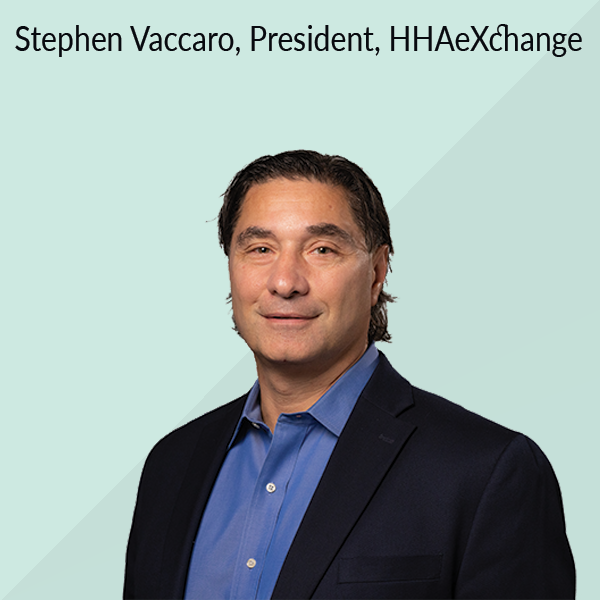
Stephen:
We are connected to close to 3 million caregivers on the personal side. The past couple of years, we’ve done the caregiver survey. 2025 is the third year. It’s interesting to see the evolution of it. In the beginning there was a lot of fear around EVV technology. Now, the level of adoption is increasing and they’re starting to see that it’s a value add to their job. This year, 65% had positive feedback on technology in the home.
RR:
To what do you attribute this change in response?
Stephen:
It’s a very meaningful change. The first round of technology was different. There were promises, delays, and a lot of pepople who didn’t think it would ever happen. It has gone from “We’d like to see you use it” to “you have to use it.” There’s a certain level of expectation. And now, it’s pushing down to managed care plans. Providers are cooperating now because it’s not okay not to. Sometimes it’s the consumers that are convincing the caregiver to use the technology.
RR:
Do you think there’s any tie in to the average age of the caregiver?
Stephen:
I think that helps, certainly. I think when new caregivers come in, they are starting mobile first. It’s part of the orientation. It’s how the job is done. But it’s also the impact the technology makes.
More than 61% ranked the positive impact on the client as the most important thing that they do. Having the app is bringing them in to the care team. Nurses and NPs are collaborating with caregivers and seeing that the observations of the caregiver are important, even when they seem small.
So, as we start to look at different care needs, we have to design programs accordingly, and that also has impacted the the change. Caregivers want support to get the training they need to do their job the best they can. They want resources, tools, and information. Advanced training is important, but the technology to be able to see the patient records, notes, and observations is key and that necessitates the technology.
RR:
What are the top reasons a caregiver leaves an agency?
Stephen:
Well, salary of course is the number one challenge. But more training and more flexibility rank pretty high on the list.

RR:
What do you see coming in 2026 and beyond?
Stephen:
I think there will be a big focus on technology. It will be the year we truly step into mobile first as a standard.
I also think we will continue to see the evolution of the caregiver as part of the care team. We will start leveraging the caregiver as the untapped asset that they are. We will see increased continuity of care, especially for integrated dual eligible patients.
RR:
And, what’s next for HHAeXchange?
Stephen:
We will continue looking for ways to innovate and bring value to the industry and the ecosystem. In the home care economy, all the players are involved. The patient, the caregiver, the doctor, and the payor. But, also the training vendors, food suppliers, transportation providers, and so many more. We will be looking at ways to involve all of the players from a patient’s home ecosystem into the care plan.
RR:
Stephen, it’s always a pleasure talking with you. Thank you, again for sharing your 2025 Caregiver Survey with us and for your always valuable insights. Happy Holidays.
Stephen:
Thank you for having me. Happy Holidays
Final Thoughts
Caregivers are embracing technology not for themselves, but for their clients. The desire to help and make a positive impact on their clients’ health and well-being is the core drive for caregivers, so it’s not surprise that they want better access to information and training. Non-medical supportive care at home has more contact hours and indiidual time with clients and are an invaluable untapped resource for home health and hospice. With the technology finally catching up to the motivation, we can tune in to that resource and provide better care across the board.
# # #


Kristin Rowan has been working at The Rowan Report since 2008. She is the owner and Editor-in-chief of The Rowan Report, the industry’s most trusted source for care at home news, and speaker on Artificial Intelligence and Lone Worker Safety and state and national conferences.
She also runs Girard Marketing Group, a multi-faceted boutique marketing firm specializing in content creation, social media management, and event marketing. Connect with Kristin directly kristin@girardmarketinggroup.com or www.girardmarketinggroup.com
©2025 by The Rowan Report, Peoria, AZ. All rights reserved. This article originally appeared in The Rowan Report. One copy may be printed for personal use: further reproduction by permission only. editor@therowanreport.com

